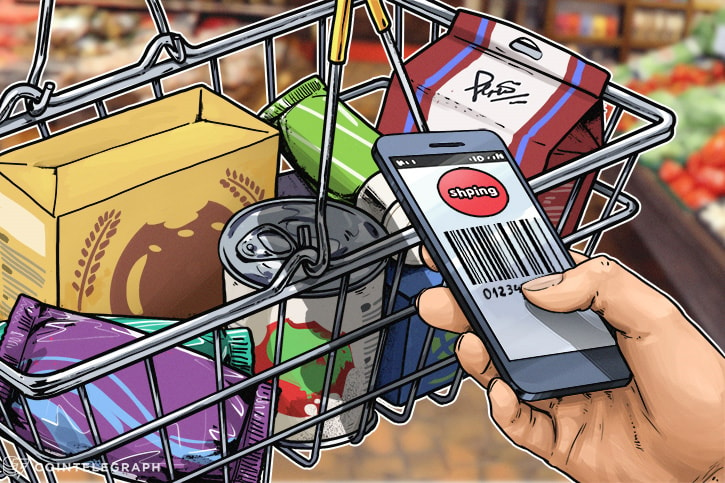Sponsored Content
People keep buying stuff, but there’s a crisis or, as some experts say, an apocalypse in retail that has started in the US and rapidly spread to the other parts of the world. In 2017, nearly 9,000 stores closed in America. More retailers, including Toys ‘R’ Us, filed for bankruptcy than during the Great Recession.
Why are some stores and brands more successful than others? Many retailers didn’t understand customer experience and failed to embrace technology. Customers walk out of their stores empty handed and feeling like they’ve just wasted their time.
The way stores used to sell and market their products don’t work anymore: the buyer’s mindset has changed. From the business of “selling stuff” retail turned into a business of customer engagement.
In 2018, retail success will be about how well retailers adapt to the changing market around them and their customers’ needs. Blockchain technology could bring brands and consumers together, building a new reward system and making the supply chain more transparent.
What do customers really want?
Customers are not loyal to brands anymore, insensitive to advertisement, and they just don’t have time to waste trolling a store. They are moving online, but quality or selecting a size is always a gamble.
The solution could be omnichannel- a multi-channel approach to marketing, selling and serving customers in a way that creates an integrated customer experience.
For example, some fashion retailers, such as UK based Oasis, are engaging customers through the website, mobile app and in-store sales associates armed with iPads to give you accurate and up-to-date product information right on the spot.
Shping, an Australian-based tech company, has taken this idea one step further by creating a live and working ecosystem that enables shoppers to access useful information about the products they want to buy.
Using the Shping app, shoppers can scan barcodes to learn where a product is sourced, down to the ingredients in some circumstances. Product certifications, nutritional and allergen information and product recall status can be accessed alongside entertaining videos and product reviews supplied by other Shping App users through a barcode scan. For participating brands, the Shping App can even validate the authenticity of products to help shoppers avoid counterfeits and other questionable goods. Thanks to the company’s newest partnership with Everledger, the Shping App can also soon be used to authenticate diamonds and other high-value assets.
To further influence App user’s decisions in store, product brands and retailers can reward shoppers for their engagement and loyalty with a cryptocurrency called Shping Coin (ticker: SHPING), which has just been released to the public in a Token Presale.
How can crypto help change shopping habits?
“Shping is providing a holistic solution for the short-attention economy, connecting brands and their customers, enabling consumers to make smarter, safer buying decisions and rewards them with cryptocurrency instead of directing budgets to advertising middlemen,” said Shping CEO, Gennady Volchek.
The company is building the world’s biggest product database using a range of sources- data supplied by, certification bodies such as Australian Certified Organics, product recall portals, government authorities, such as New Zealand’s AsureQuality, as well as data from participating brands and retailers.
Shping has also established partnerships with local members of GS1, the organization that develops and maintains global standards for business information systems and barcodes. GS1 Australia, Malta, Azerbaijan, Singapore and Russia have all selected Shping as a technology partner for product traceability.
According to Volchek, over 30 mln products have been added to Shping’s global database. It is growing every day and could become the basis for a new Blockchain based retail system, the founders hope.
Disclaimer. Cointelegraph does not endorse any content or product on this page. While we aim at providing you all important information that we could obtain, readers should do their own research before taking any actions related to the company and carry full responsibility for their decisions, nor this article can be considered as an investment advice.
